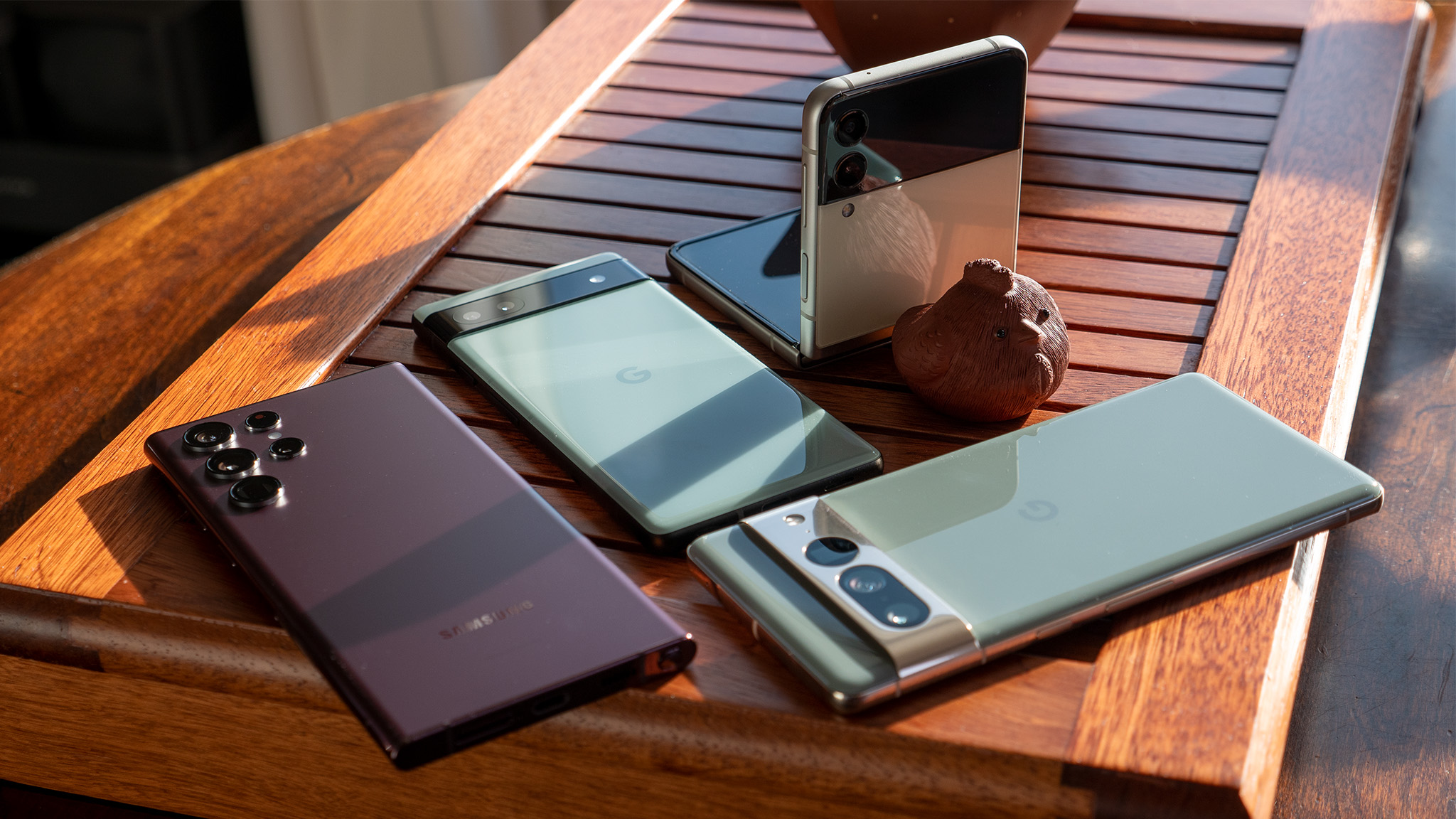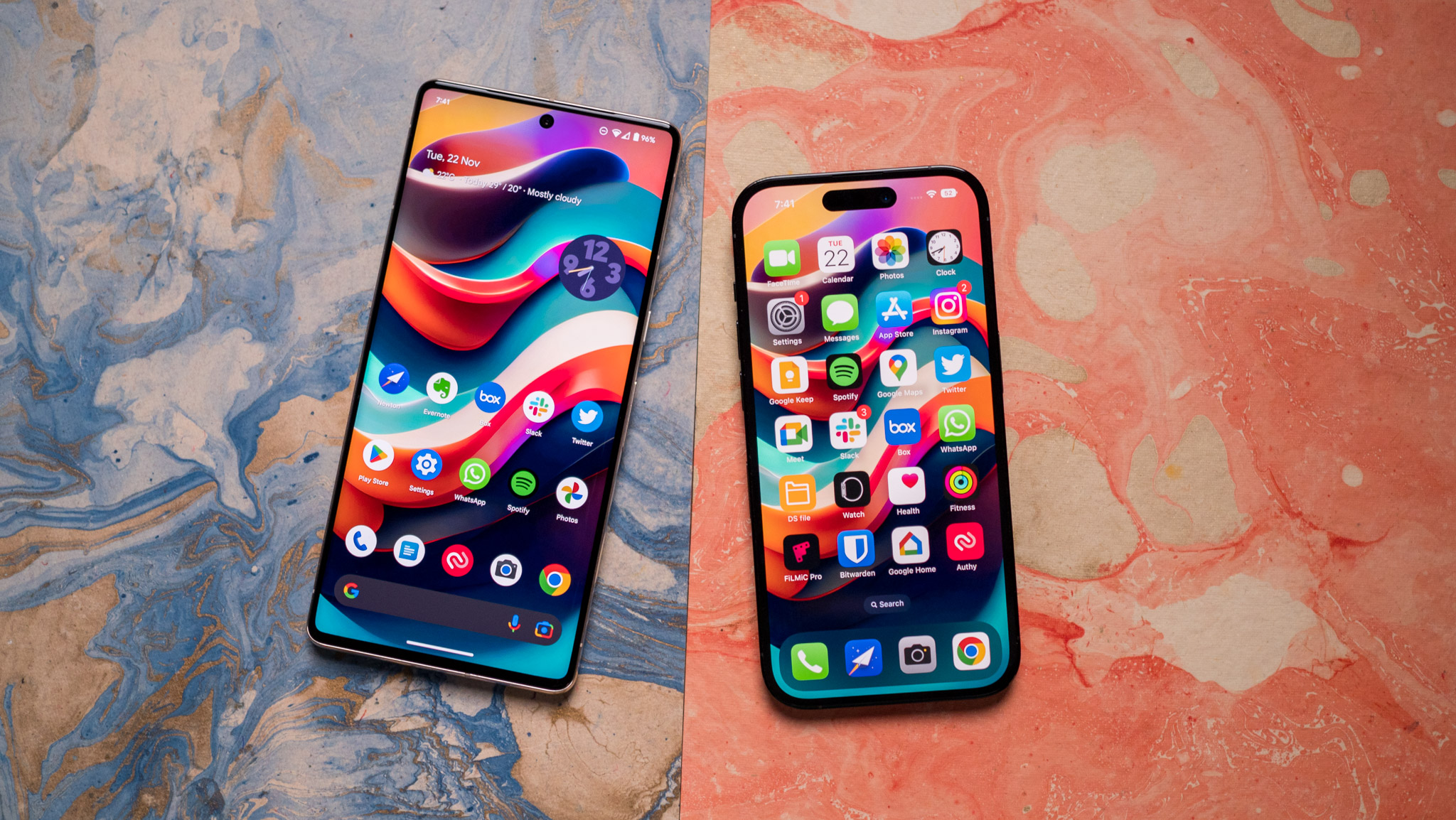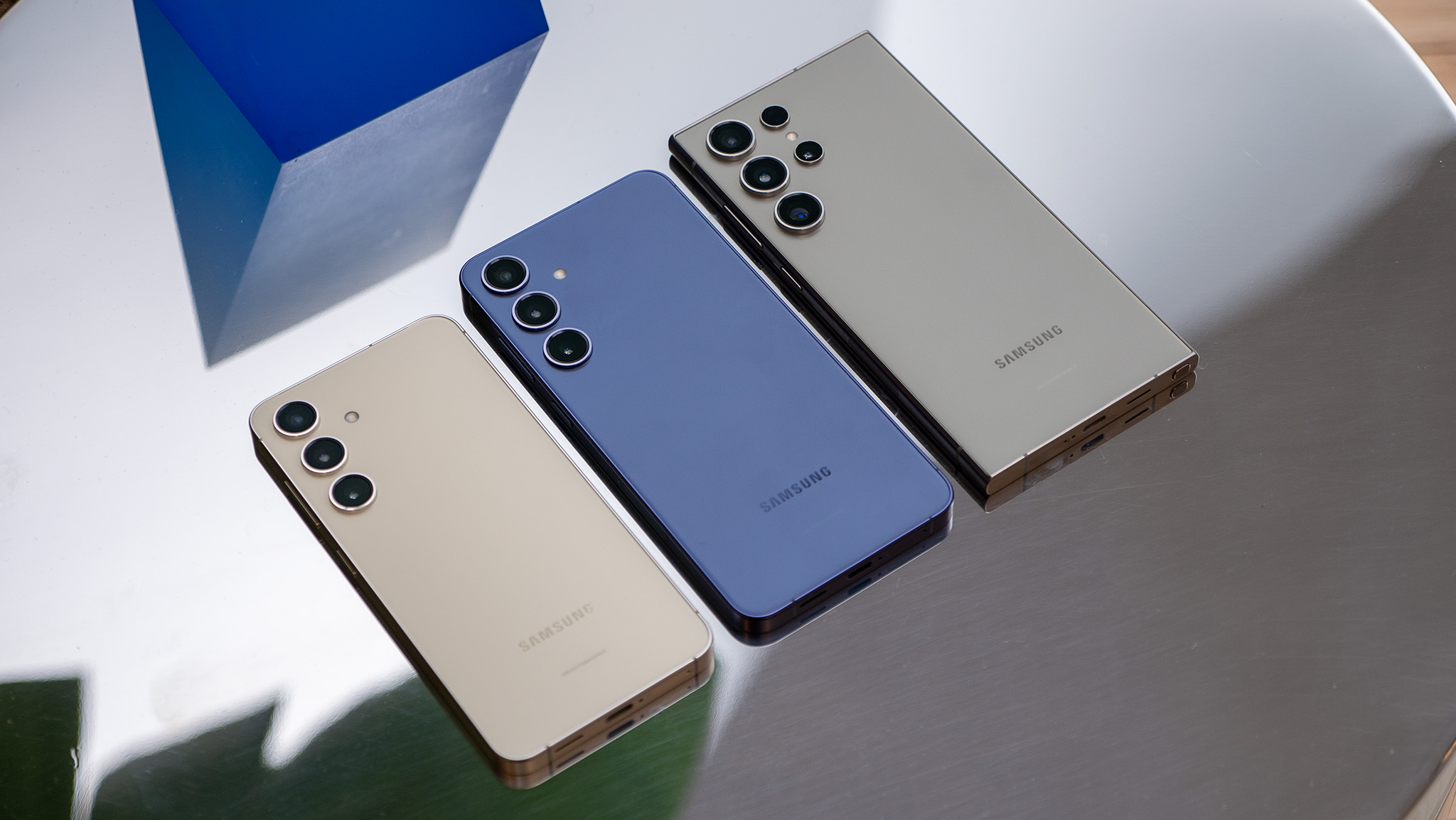Why I'm glad a Pixel Ultra probably won't happen after all
Google is smart to copy Apple's iPhone Pro and Pro Max strategy rather than Samsung's triple-threat Galaxy lineup.

Late last year, Android Authority spoke to an "anonymous but trustworthy source" that described Google's roadmap through the next three years. This source essentially refuted the rumor that Google will sell a Pixel Ultra in the future.
Fans of phones like the Galaxy S22 Ultra may find this disappointing, this leak proves that Google will play to its strengths by copying Apple's playbook instead of Samsung's. And I only wish Google would start mirroring the iPhone approach in 2023 instead of 2024.
To briefly summarize the Android Authority source's claims:
- The Pixel Fold and 7a will arrive around Google I/O 2023 in May.
- A petite Pixel 8 and unchanged Pixel 8 Pro launch this fall as usual.
- If the Pixel 7a doesn't sell, Google will skip the 8a and launch the budget phone every two years instead.
- In 2024, Google will switch to an Apple strategy, selling the Pixel 9 and 9 Pro along with a 6.3-inch Pro model with the same specs as the larger Pro. It may also sell the Pixel Fold 2.
- In 2025, it may release a sandwich-style foldable similar to the Galaxy Z Flip series, or sell two Pixel 10s and two Pixel 10 Pros with size as the only differentiator.
Google will very likely deviate from the source's Pixel roadmap. Case in point, Google may have pushed the oft-delayed Pixel Fold from spring to fall 2023, according to rumors from the last few days. Google happily delays devices for years if they aren't ready and experiments with new designs based on what resonates with users. So none of this is certain.
Android Authority's source says Google is dead-set on its Pixel plan to "mimic Apple’s successful sizing strategy" starting with the Pixel 9.
What I do find most interesting is that the source gave no mention of a Pixel 8/9/10 Ultra. In mid-2022, the AOSP showed evidence of a Pixel 7 Ultra (labeled 'G10') with similar specs to the Pixel 7 Pro (or 'P10') but with a slightly larger display. This device obviously never arrived, and Google apparently has no plans to rival traditional massive flagships like the Galaxy S22 Ultra that horde the best displays and cameras.
Instead, Google will sell one-handed Pro phones with all the same premium perks while selling its current Pros as "Pro Max" phones. That may not be what Google calls them, but the source "emphatically" said this would happen and that Google "wants to mimic Apple’s successful sizing strategy" with the Pixel 9 Pro and Pro Max (whatever they end up being named).
I'm less interested in Google's plan to sell a plus-sized base Pixel 10, given how the iPhone 14 Plus was an abject commercial failure. But for the Pro lineup, it makes perfect sense for Google to replicate the strategy.
Be an expert in 5 minutes
Get the latest news from Android Central, your trusted companion in the world of Android
Copying Apple isn't a bad move for Google

One of my favorite phones of 2022 was the Galaxy S22 Plus since it gave a near-flagship experience without the behemoth curved design of the Ultra. But it wasn't without its flaws, mainly because Samsung felt the need to deprive its middle child of certain things so the Ultra could outshine it. I'd argue a $1,000 phone shouldn't have just 8GB of RAM and FHD resolution, but giving it those features would make people less likely to upsell themselves to the Ultra for "just" $200 more.
That's what makes Apple's iPhone 14 Pro such a tempting option, even with the mediocre battery life. Plenty of people will happily accept a smaller screen and shorter lifespan than the Pro Max for a top-tier one-handed phone because they know Apple won't compel them to spend more for any other exclusive features or better performance.
While Google and Apple will never see eye-to-eye on phones — see their longstanding RCS feud for just one example — I'm glad Google chose to emulate its rival rather than its close partner, Samsung.
Google can and should emulate Samsung for its foldables strategy, but for traditional handsets, its $899 Pixel 7 Pro is already the best Android phone in our book for hundreds less than the S22 Ultra. If Google wanted to sell a Pixel 9 Ultra, how would it top a 6.7-inch Pro phone with a QHD/120Hz display, 12GB of RAM, and Tensor-backed cameras?
Unless Google starts overclocking its Tensor chips, it has few ways to make a Pixel Ultra stand out besides expensive upgrades or downgrading the excellent Pro.
As my colleague Harish Jonnalagadda said about the Tensor G2, Google isn't playing the numbers game with its hardware. It happily uses older Cortex cores than you'll find in the latest Snapdragon chips, relying more on its APU for demanding tasks like photo processing. So an expensive Ultra phone doesn't make sense unless it starts using overclocked or Tensor+ chips, or else downgrades the Pro somehow to make the Ultra look more compelling.
The same applies to its cameras. Samsung gives the Galaxy S22 and S22+ the same cameras, reserving the best resolution and zoom for the Ultra. But Google gave its Pixel 7 and Pro the same main, ultrawide, and selfie cameras, only reserving the telephoto lens for the Pro. Neither have especially powerful sensors compared to most phones since Google relies on Tensor AI to deliver features like Photo Unblur and Super Res Zoom.
If the Pixel 7 Pro competes with the S22 Ultra despite having inferior sensors, then a Pixel Ultra could deliver some truly incredible results, which is admittedly tempting. But taking that path would make it more likely the other Pixel phones would stick with older hardware to help the Ultra stand out, hurting the Pro in the long run.
Let the Pixel Fold be the Pixel 'Ultra'
If the leaked Google Pixel roadmap is accurate, Pixel fans of the near future will either have a wide range of options or a very slim list, depending on how 2023 goes for Google. The 2024 Pixel Fold 2 and Pixel 8a, plus the 2025 Galaxy Z Flip-imitating sandwich foldable, might never see the light of day if the Pixel Fold and 7a fail to sell.
Given Google has no apparent plans for a Pixel Ultra, we can only hope that it finally stops delaying its Pixel Fold and finally launches it this year. Not many people will be able to afford it, given its alleged $1,800 price tag. But if Google tempts current Pixel 6 and 7 owners with attractive trade-in deals, many will swallow the cost for the chance at a top-tier device that beats the Pro with its unique design, even if it has the same performance and cameras as other Google phones.

Michael is Android Central's resident expert on wearables and fitness. Before joining Android Central, he freelanced for years at Techradar, Wareable, Windows Central, and Digital Trends. Channeling his love of running, he established himself as an expert on fitness watches, testing and reviewing models from Garmin, Fitbit, Samsung, Apple, COROS, Polar, Amazfit, Suunto, and more.
